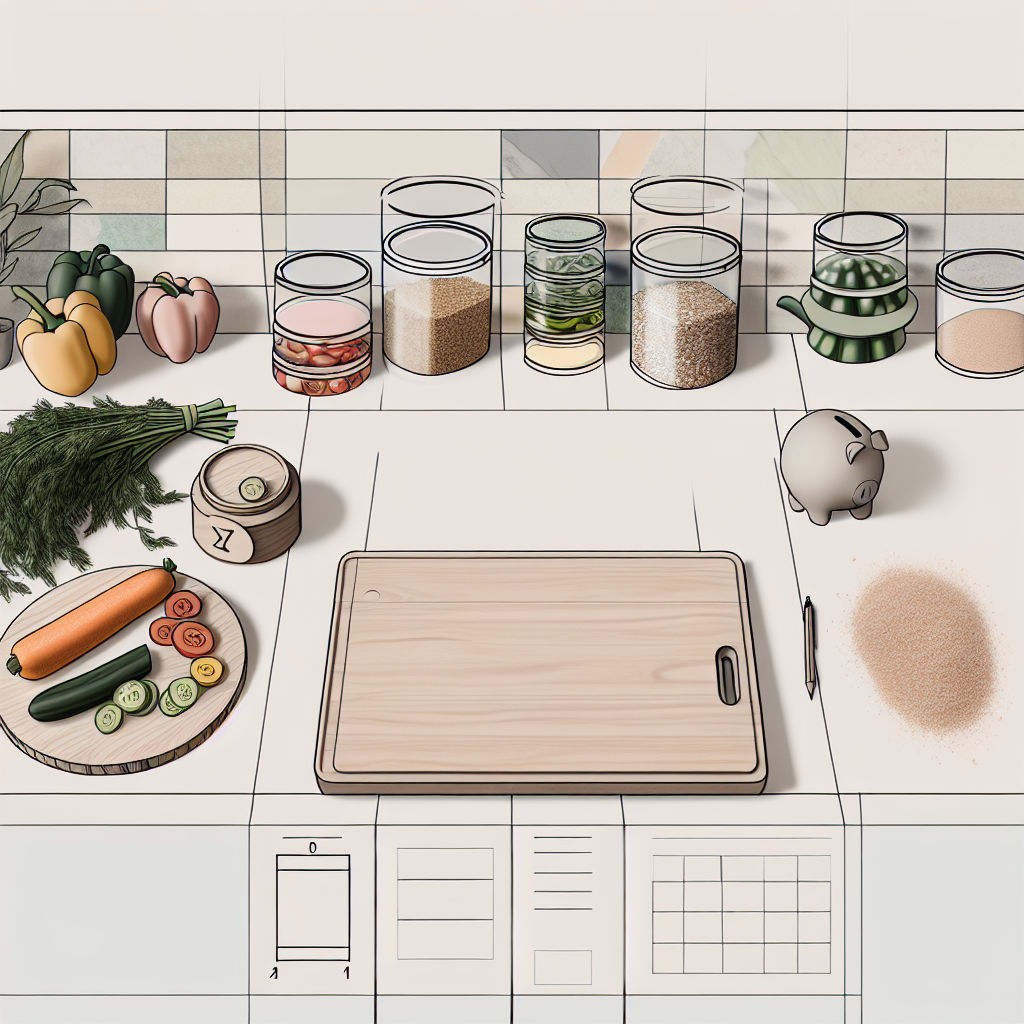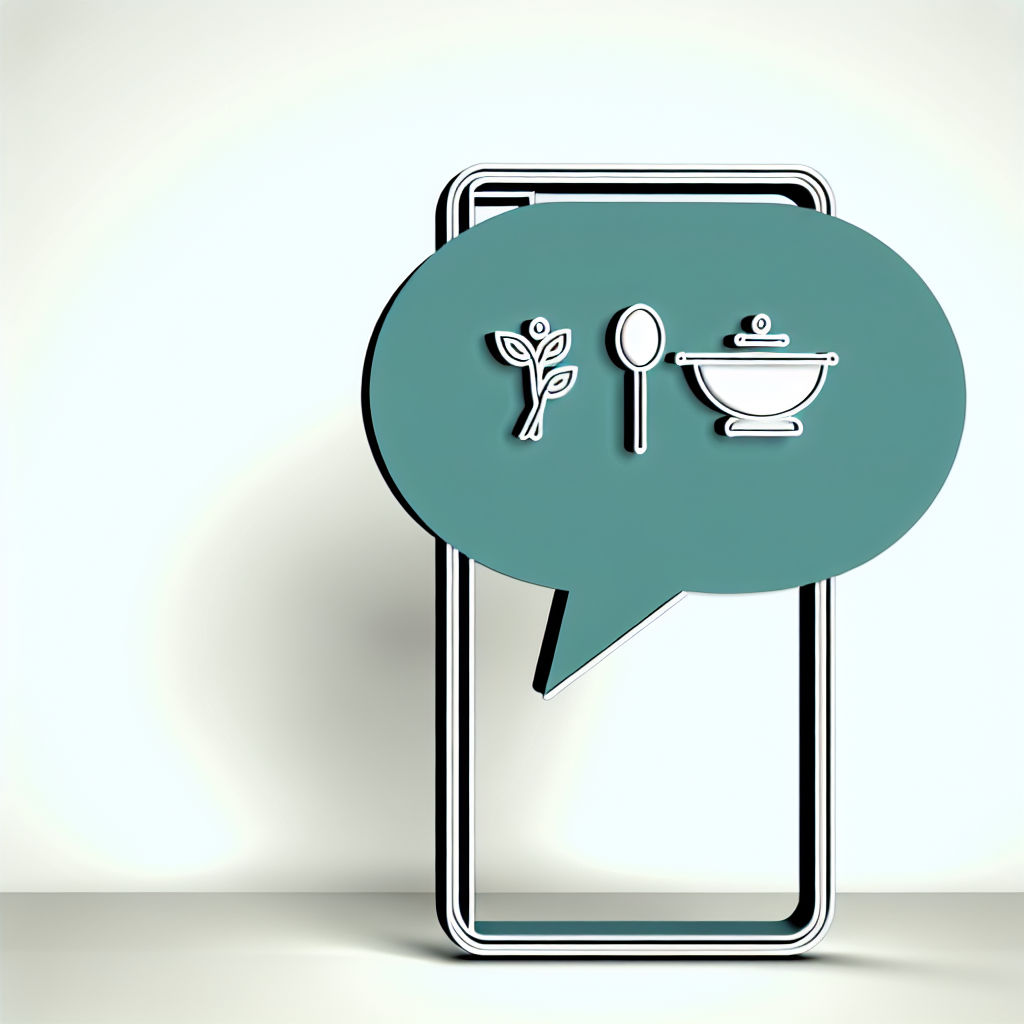Custom packaging design plays a vital role in today's competitive market. It helps businesses stand out, create memorable unboxing experiences, increase brand recognition, and drive sales. With the rise of e-commerce and growing demand for sustainability, staying updated with the latest packaging design tools and trends is crucial.
Related video from YouTube
Key Takeaways
- Custom packaging creates an exciting unboxing experience, builds brand recognition, and conveys product value
- Tools include 2D design software, 3D rendering, dieline makers, and collaboration platforms
- Essential features: dieline libraries, 3D visualization, material simulation, compliance checks
- Choose tools based on project needs, team size, budget, ease of use, and integration capabilities
- Follow best practices: design principles, prototyping, collaboration, compliance, eco-friendly materials
Packaging Design Tools Comparison
| Tool | Features | Pricing | User Experience | Integration | Collaboration | Rendering |
|---|---|---|---|---|---|---|
| Tool 1 | Dieline and template libraries, 3D rendering | Subscription | User-friendly | Adobe Suite | Real-time commenting | Photorealistic |
| Tool 2 | Material simulation, compliance checks | One-time license | Steep learning curve | Sketch compatible | Feedback and approval | 2D and 3D visualization |
| Tool 3 | Workflow and team tools, software integration | Freemium | Intuitive interface | Figma integration | Version control, history | Real-time 3D rendering |
Future Trends
- AI and automated design for personalized packaging
- Interactive packaging with augmented reality (AR)
- Eco-friendly materials like bioplastics and recycled materials
- Personalized packaging tailored to individual preferences
- Optimized packaging for e-commerce and shipping protection
By understanding the various packaging design tool types, key features, and best practices, businesses can create unique, eco-friendly, and personalized packaging that drives sales and customer loyalty.
Types of Packaging Design Tools
Packaging design tools can be grouped into four main types based on their functions:
2D Design Software
2D design software like Adobe Illustrator and CorelDRAW allows designers to create precise vector graphics and layouts for packaging. These tools enable creating complex shapes, editing paths, and manipulating typography for visually appealing designs.
3D Design and Rendering Tools
Tools like Adobe Dimension and Packola help designers create realistic 3D product mockups and visualizations. These tools are crucial for accurately representing packaging designs before production, allowing designers to test and refine their work.
Dieline and Template Makers
Dieline and template makers, such as Pacdora and Blueprint, provide pre-made templates and dielines for various packaging types. These tools save time and ensure designs meet specific requirements, making them production-ready.
Workflow and Team Tools
Workflow and team tools like Filestage and Artwork Flow streamline the review and approval process through collaborative features. These tools enable designers to share and collaborate on designs, track changes, and manage approvals, ensuring all stakeholders are aligned throughout the design process.
| Tool Type | Examples | Purpose |
|---|---|---|
| 2D Design Software | Adobe Illustrator, CorelDRAW | Create precise vector graphics and layouts |
| 3D Design and Rendering Tools | Adobe Dimension, Packola | Create realistic 3D product mockups and visualizations |
| Dieline and Template Makers | Pacdora, Blueprint | Generate accurate dielines and templates for various packaging types |
| Workflow and Team Tools | Filestage, Artwork Flow | Collaborate, review, and approve designs with stakeholders |
Key Features for Packaging Design Tools
When choosing a packaging design tool, look for these key features:
Dieline and Template Libraries
A library of dielines and templates for various packaging types saves time. It ensures your designs meet requirements and are production-ready.
3D Rendering and Visualization
See realistic 3D views of your packaging designs from all angles. This lets you test and refine your work before production.
Material Simulation
Simulate different packaging materials to check compatibility and quality. Identify potential issues early to reduce costs and waste.
Collaboration Tools
Tools for team collaboration, feedback, and sharing design drafts streamline the workflow.
Software Integration
Integration with popular design software like Adobe Suite ensures a smooth design process.
Compliance Checks
Checks ensure your packaging meets legal and industry standards, saving time and resources.
| Feature | Benefit |
|---|---|
| Dieline and Template Libraries | Saves time, ensures production-ready designs |
| 3D Rendering and Visualization | Test and refine designs before production |
| Material Simulation | Identify compatibility issues early |
| Collaboration Tools | Streamline team communication and workflow |
| Software Integration | Smooth integration with existing design tools |
| Compliance Checks | Ensures legal and industry compliance |
Choosing the Right Tool
When picking a custom packaging design tool, consider these factors to find the best fit:
Project Needs
Look at the project details, like the packaging type, 2D or 3D requirements, and materials used. Think about the design complexity, number of variations, and production process. This helps identify the necessary tool features and capabilities.
Team Size and Workflow
Consider your design team size and how the tool fits their workflow. For larger teams, look for collaboration features like real-time commenting and feedback. For solo designers, prioritize user-friendly interfaces and minimal learning curves.
Budget
Evaluate pricing models to find a tool within your budget without compromising features. Consider licensing, maintenance, support costs, and any additional expenses for add-ons or specialized modules.
Ease of Use
Look for tools with intuitive interfaces to save time and reduce frustration. Check for available tutorials, documentation, and customer support to help you get started.
Integration
Ensure the tool integrates well with your existing design software and processes. If you use Adobe Creative Suite, look for seamless integration to minimize workflow disruptions.
Comparison Table
Here's a table to help you compare tools based on features, pricing, user experience, integration, collaboration tools, and rendering capabilities:
| Tool | Features | Pricing | User Experience | Integration | Collaboration | Rendering |
|---|---|---|---|---|---|---|
| Tool 1 | Dieline and template libraries, 3D rendering | Subscription | User-friendly | Adobe Suite | Real-time commenting | Photorealistic |
| Tool 2 | Material simulation, compliance checks | One-time license | Steep learning curve | Sketch compatible | Feedback and approval | 2D and 3D visualization |
| Tool 3 | Workflow and team tools, software integration | Freemium | Intuitive interface | Figma integration | Version control, history | Real-time 3D rendering |
Best Practices for Packaging Design
Design Principles
Your packaging should reflect your brand identity through colors, fonts, and visuals. Ensure the design aligns with your brand personality and values to create a consistent experience for customers.
Use contrasting colors to grab attention, complementary hues to set moods, and brand colors consistently across products. Font choices impact perceived quality and personality, so select fonts that suit your brand.
Prototyping and Testing
Create physical prototypes to experience the packaging's look, feel, and functionality. This allows for refinements based on real-world testing and feedback.
Prototyping lets you explore unique structures, materials, and finishing techniques. It helps brands push creative boundaries while ensuring the final design is visually appealing and practical.
Collaboration and Feedback
Packaging design benefits from diverse perspectives. Encourage input from teams, stakeholders, and potential customers throughout the process.
Implement tools for real-time commenting, version control, and approval processes. This streamlines communication and ensures alignment.
Compliance Considerations
Packaging designs must adhere to industry regulations and standards. For food and beverage products, this includes clear labeling of ingredients, nutrition information, and potential allergens. Pharmaceutical and cosmetic packaging may have additional requirements for safety warnings and tamper-evident seals.
Stay up-to-date with evolving regulations and consider incorporating compliance checks into your design tools or workflows. This proactive approach prevents costly mistakes and ensures your packaging meets all necessary guidelines.
Eco-friendly Packaging
Choose recyclable, biodegradable, or compostable materials whenever possible. Explore innovative solutions like mushroom packaging, bioplastics, or minimalist designs that reduce material usage.
Eco-conscious packaging benefits the environment and can enhance your brand's image, appealing to environmentally-conscious consumers. Clearly communicate your sustainability efforts on the packaging.
Future of Packaging Design
AI and Automated Design
AI and automated design tools can create unique packaging tailored to customer preferences. These tools analyze consumer data and trends to generate optimized designs that drive sales and engagement. For example, AI can customize e-commerce packaging for each customer, reducing waste and enhancing the unboxing experience.
Interactive Packaging
Interactive packaging with augmented reality (AR) creates immersive experiences for customers. AR allows virtual product demos, tutorials, and games, building brand loyalty. As AR capabilities improve, interactive packaging will become essential for brands to stand out.
Eco-Friendly Materials
Using sustainable packaging materials like bioplastics and recycled materials is a growing trend. Consumers demand eco-friendly options, and brands must prioritize sustainability to meet regulations and build trust.
| Material | Description |
|---|---|
| Bioplastics | Made from renewable plant sources |
| Recycled Materials | Reused materials reduce waste |
| Minimalist Designs | Reduce material usage |
Personalized Packaging
Personalized packaging reflects individual customer preferences and values. Digital printing enables customized labels, colors, and designs, allowing brands to connect with customers on a deeper level and drive loyalty.
E-commerce Integration
Optimized packaging design is crucial for e-commerce success. Packaging must protect products during shipping and provide a seamless unboxing experience. Brands investing in e-commerce packaging can reduce returns, improve satisfaction, and increase loyalty.
Conclusion
Custom packaging design tools have transformed how businesses approach packaging. With the rise of e-commerce and growing consumer demand for sustainability, staying updated with the latest tools and trends is crucial.
By understanding the various packaging design tool types, key features, and best practices, businesses can create unique, eco-friendly, and personalized packaging that drives sales and customer loyalty.
Looking Ahead to 2024
As we move forward in 2024, prioritizing sustainability, minimalism, and innovation in packaging design is vital. With AI, AR, and interactive packaging on the horizon, businesses must be prepared to adapt and experiment with new tools and technologies. Doing so will help them:
- Stay ahead of competitors
- Reduce waste
- Build a loyal customer base
Key Takeaways
| Trend | Description |
|---|---|
| AI and Automated Design | Generate optimized designs tailored to customer preferences |
| Interactive Packaging | Immersive AR experiences build brand loyalty |
| Eco-Friendly Materials | Bioplastics, recycled materials, and minimalist designs reduce environmental impact |
| Personalized Packaging | Customized designs connect with customers on a deeper level |
| E-commerce Integration | Optimized packaging protects products and enhances the unboxing experience |
FAQs
How do you design food product packaging?
The first step in designing food product packaging is to create a distinct brand identity. Understand the brand's values, target audience, and what makes it unique. Then, incorporate design elements that reflect the brand's personality and essence. Make sure the packaging matches the product - the form should follow the function. Design eye-catching packaging that stands out on shelves. Consider sustainable material choices. Keep the brand fresh and exciting with limited edition packaging designs.
Which software is best for packaging design?
The best packaging design software depends on your specific needs and goals. Top options include:
| Software | Key Features |
|---|---|
| Impact | Dieline and template libraries, 3D rendering |
| Myfonts.com | Font management and design tools |
| Boxshot | 3D rendering and visualization |
| ArtiosCAD | 2D and 3D design, material simulation |
| 4PACK | Dieline templates, compliance checks |
| Strata | 3D rendering, animation, and visualization |
| PrintQ | Print workflow management, collaboration tools |
| Box It Now | Dieline templates, 3D rendering |
Research and compare features like dieline libraries, 3D rendering, material simulation, collaboration tools, and software integration to find the best fit for your project requirements and workflow.


